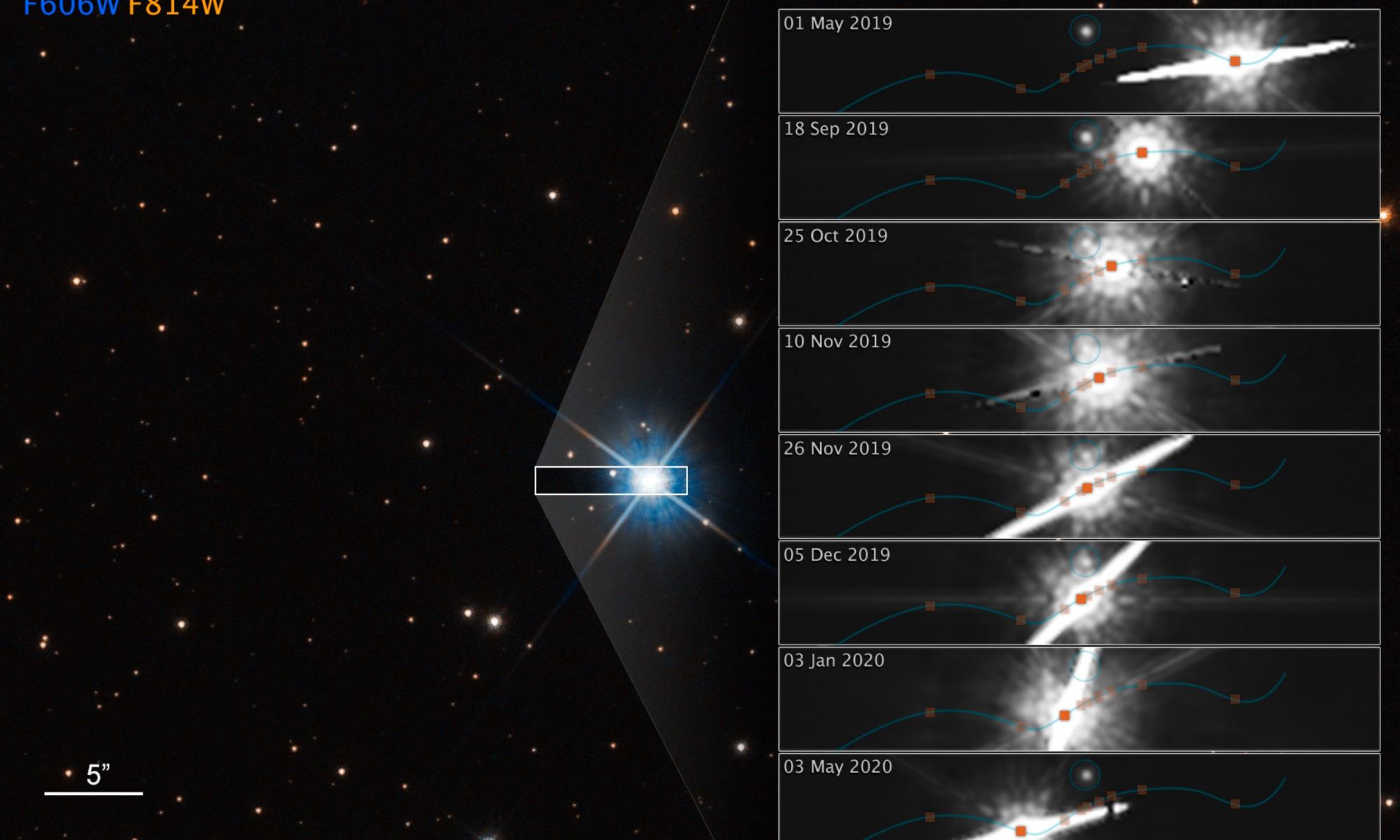How do you measure an object’s weight from a distance? You could guess at its distance and therefore derive its size. Maybe you could further speculate about its density, which would eventually lead to an estimated weight. But these are far from the exact empirical studies that astrophysicists would like to have when trying to understand the weight of stars. Now, for the first time ever, scientists have empirically discovered the weight of a distant single star, and they did so using gravitational lensing.
Gravitational lensing is a technique that has been around for over 100 years at this point. First posited by Einstein as part of his General Theory of Relativity, gravitational lensing occurs when a massive object moves in front of a more distant source of light, and the light essentially bends around the massive object in the foreground. There are some spectacular examples of this in astronomy, most notably the features known as Einstein rings, where a black hole bends a star’s light.
One of the most well-known examples of its use in determining a star’s weight was an experiment on our own Sun. In 1919, Frank Dyson and Arthur Eddington saw the first confirmed instance of gravitational lensing during a solar eclipse. Their data was one of the first observational confirmations of Einstein’s General Theory and has shown the power of the technique to date.

Credit: NASA
However, so far, it has been tricky for astronomers to attempt to find an instance where they could isolate a single remote star and find the same lensing effect that Dyson and Eddington saw on the (admittedly much closer) Sun. So they’ve resorted to other tactics to discover the weights of stars, including using the gravitational mechanics of binary pairs to estimate the weights of each of them.
But with better telescopes come better observations, and observations by one telescope led to more precise observations of another during an extraordinary event – a lone white dwarf passed in front of a background star. The lone white dwarf, known as LAWD 37, is only about 15 light years from Earth – close enough to appear relatively clearly in observations. Gaia, the European Space Agency’s star cataloging telescope, tracked it along with a few billion other stars.
While crawling through Gaia’s data, researchers at the University of Cambridge, where Eddington was originally based, found that LAWD 37’s path would take it directly in front of a background star in November of 2019. And they thought they knew of just the telescope to observe that transit.
Hubble turned its instruments towards LAWD 37 during the transit and detected a very faint but distinguishable signal of light from the background star that had been bent around LAWD 37. With that data, which was 1 / 625th the size of the signal that Eddington and Dyson had observed, they could directly calculate LAWD 37’s mass for the first time.
This technique is the first time astronomers have done these sorts of observations, but it certainly won’t be the last. There are likely plenty of other potential transit candidates in Gaia’s massive data sets, just waiting to be discovered. And while the new paper starts the task of defining the massives of white dwarves, some of the most common stars in the Universe, astronomers will need more than one data point to fully constrain them. Since our own Sun will turn into a white dwarf at the end of its life, astronomers are particularly interested in their characteristics. With Gaia and other telescopes’ help, we’re just getting started on understanding them better.
Learn More:
University of Cambridge – Astronomers observe light bending around an isolated white dwarf
McGill et al – First semi-empirical test of the white dwarf mass–radius relationship using a single white dwarf via astrometric microlensing
UT – Mass of Stars
UT – Determining the Mass of the Milky Way Using Hypervelocity Stars
UT – What is Gravitational Lensing?
Lead Image:
Depiction of how the gravitational lensing effect around LAWD 37.
Credit – McGill et al.

